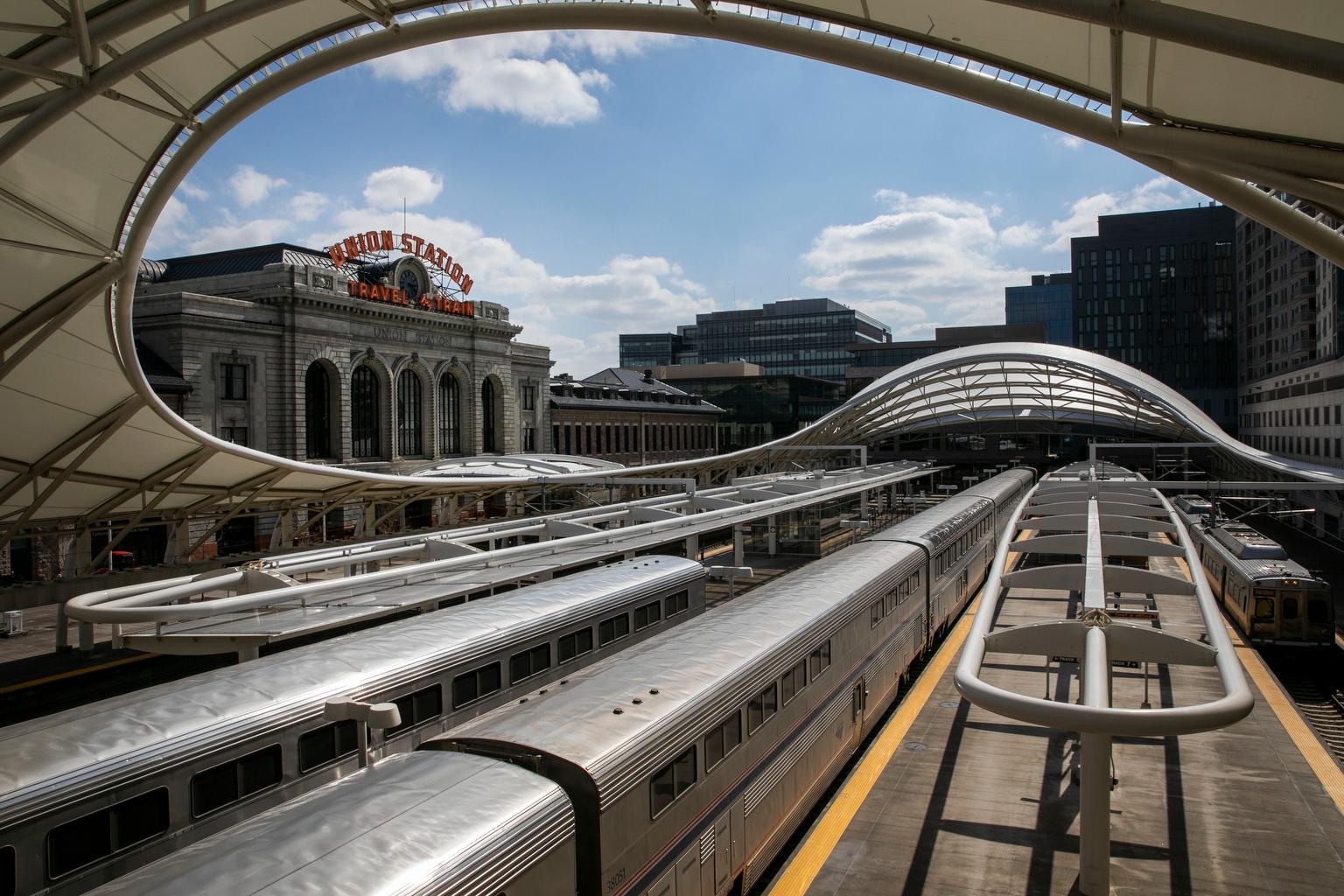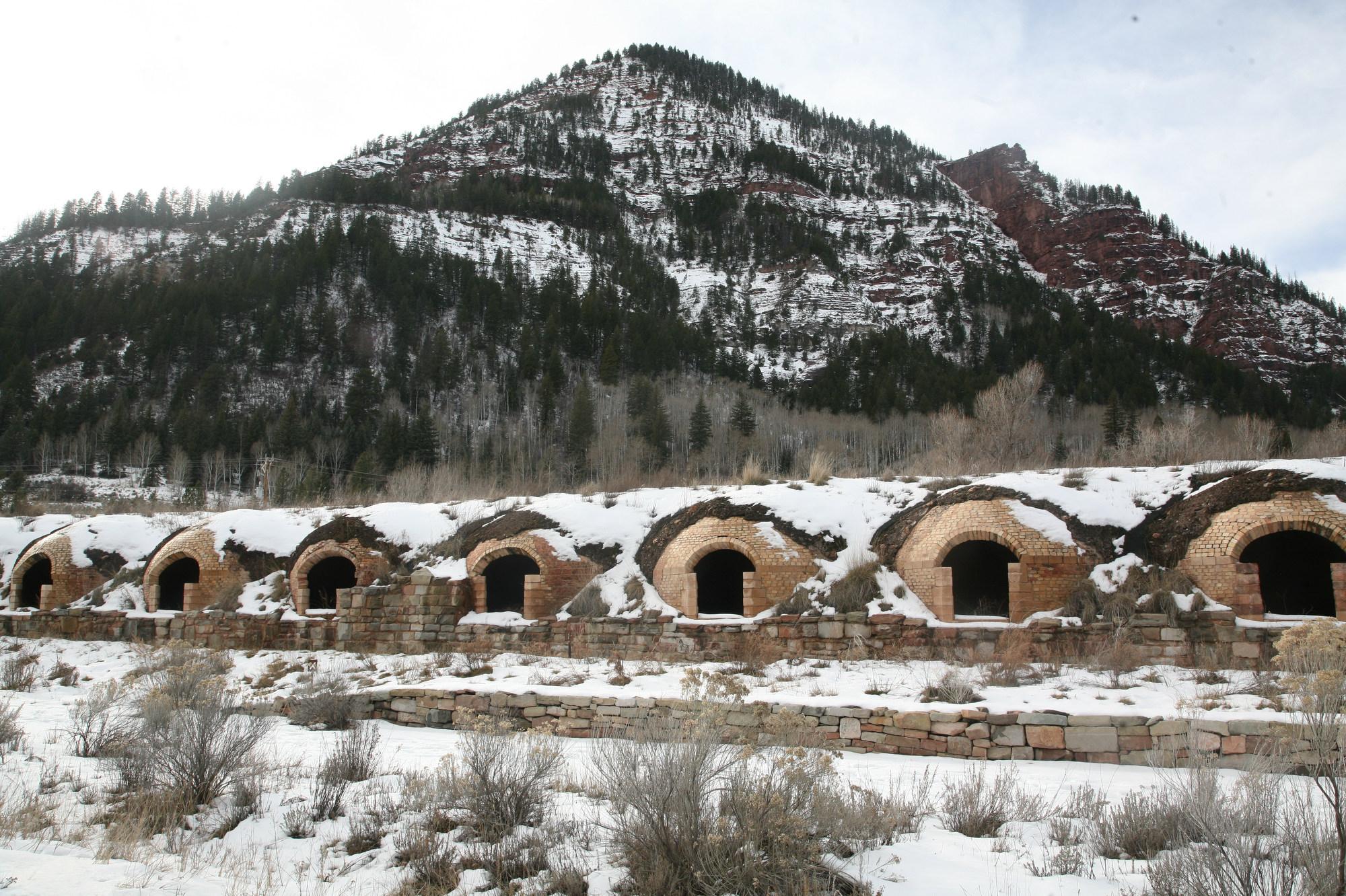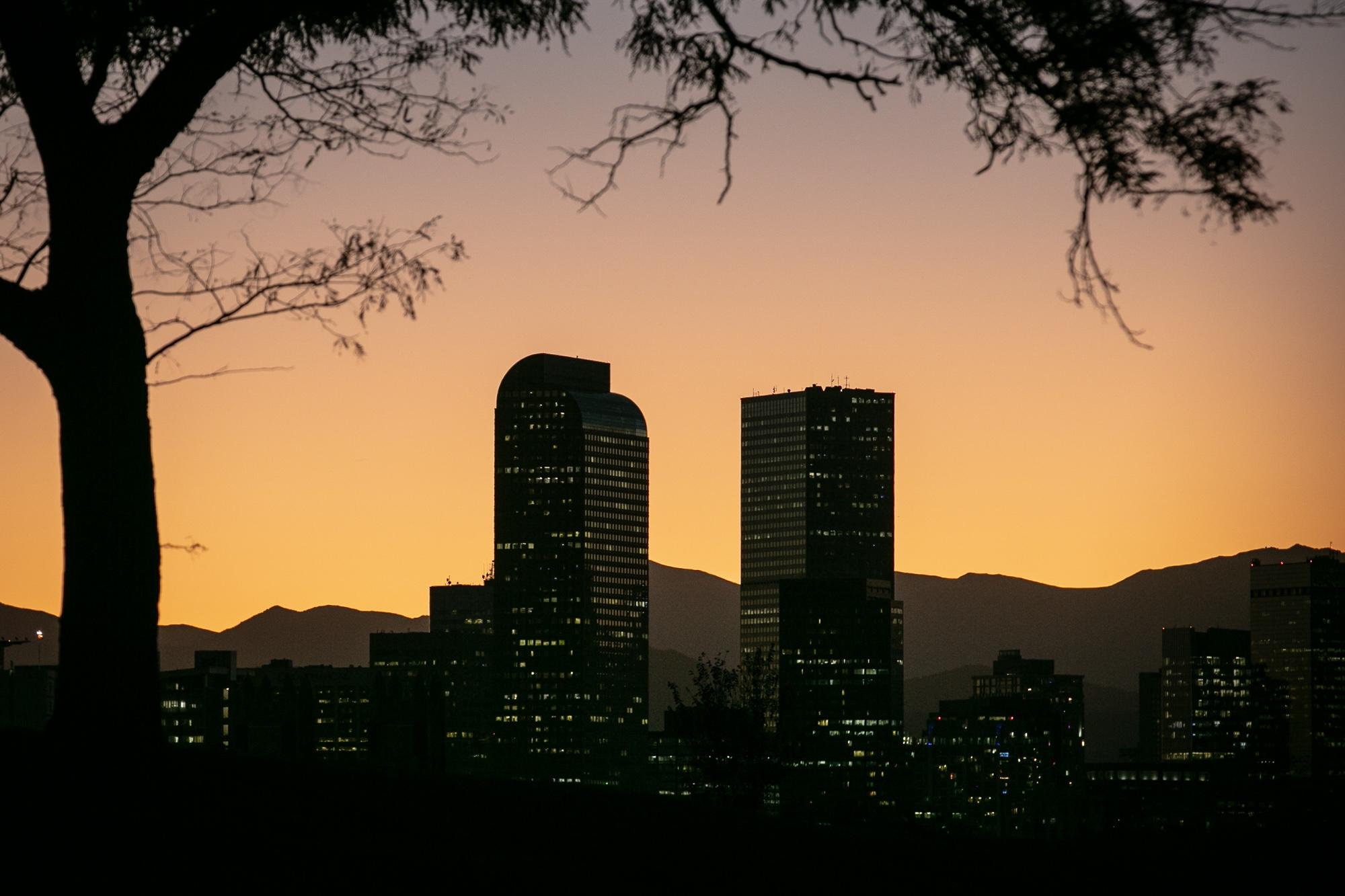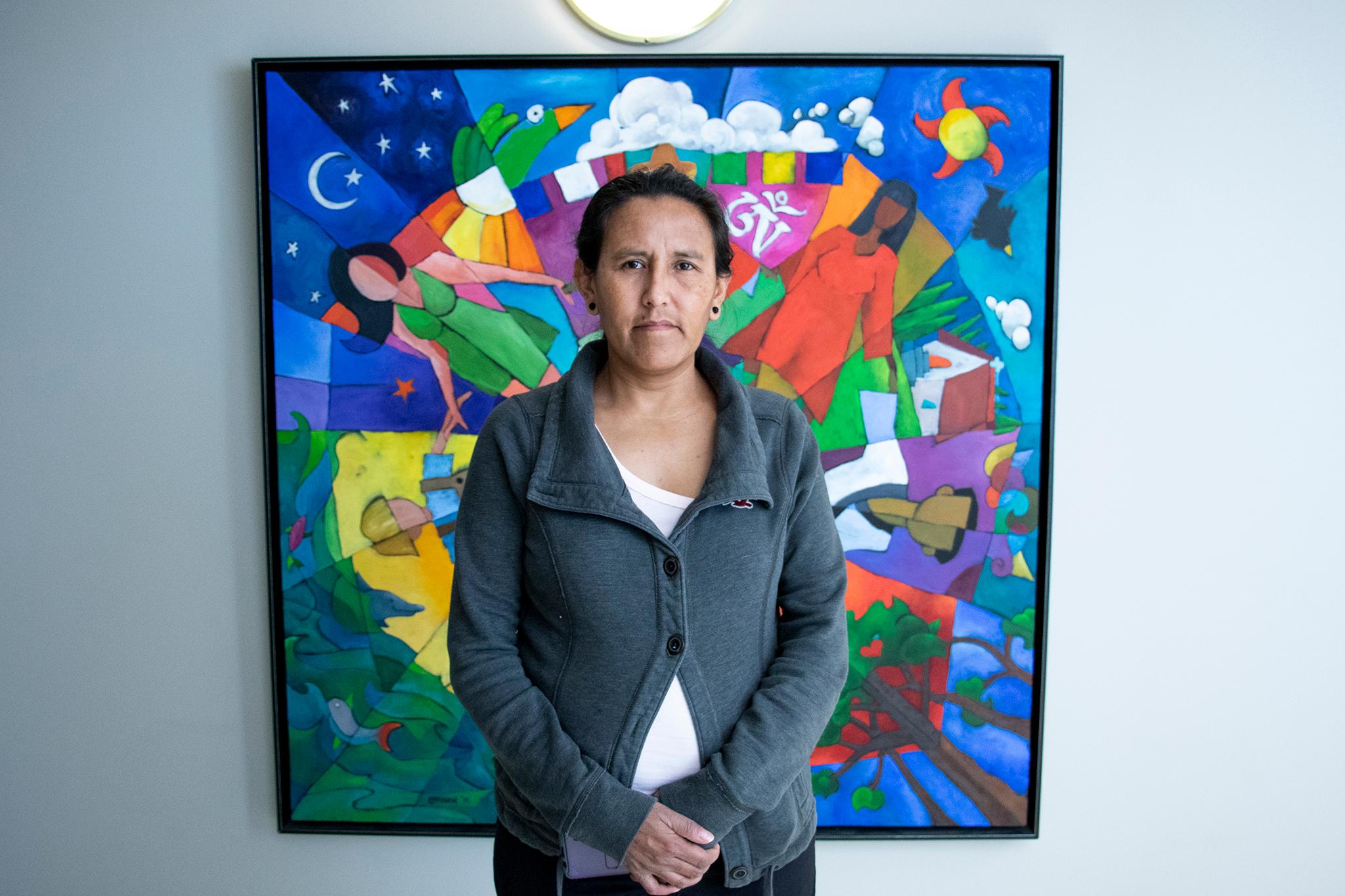
A passenger rail line stretching nearly 200 miles between Fort Collins and Pueblo would carry 9,200 people every weekday and nearly 3 million in a year, according to new modeling.
The group overseeing the project has yet to finalize details, like an exact route, stations, cost and, most crucial, funding sources. But the modeling presented to the state’s Southwest Chief And Front Range Passenger Rail Commission represents a key step toward making the line a reality.
"It's absolutely important,” said Randy Grauberger, director of the rail project. “If you don't have riders, you aren't going to have a train."
The model predicted a “notable demand” for regional rail service by 2045 which puts it in the middle of comparable passenger rail systems across the country.
The projection is on the conservative side, Grauberger said. It anticipated fares of 32 cents per mile or about $22 for a one-way ticket from downtown Colorado Springs to Denver’s Union Station. A similar ride on CDOT’s Bustang service currently costs $12.
"If we come down on the fares, that should certainly create more ridership,” Grauberger said.
Developed by the Colorado Department of Transportation, the model uses existing BNSF Railway tracks, mostly to the east side of Interstate 25. The analysis includes fourteen stations, with some stops in train-hungry Boulder and Longmont.
Ridership is projected to be highest in the northern Front Range, where stations would be bunched closer together. The department will run different scenarios through the model, changing variables like station location, higher-speed service and different routes entirely.
The commission hopes to eventually extend service north to Cheyenne, Wyoming, and south into New Mexico. The modeling predicts that most trips would be relatively short work commutes, but most people who responded to a separate self-selecting survey said they would take it for leisure.
The model also predicted the service would reduce the number of miles traveled by vehicles in the state, a key metric in both the transportation planning and environmental worlds, by 210,000 miles per weekday. That equates to around 94 tons of greenhouse gas emissions daily, according to the model.
Some commission members said they wanted to see analysis comparing rail service to other modes of transportation, a request CDOT staff said they would work on.
"I think that’s very important … as we continue to look at alternatives and how we're going to ensure that we build something that people choose,” said Jill Gaebler, who chairs the commission and serves on the Colorado Springs City Council. “Because it is a choice."
Whether the forecasts will ever be put to the test of reality depends largely on funding. Commissioner Sal Pace said Friday his earlier attempt to get money from the next federal coronavirus stimulus bill, which had the support of Sen. Cory Gardner, has been unsuccessful so far.
Ray Lang, Amtrak’s senior director for national state relations, told the commission that the company is still committed to a new route along the Front Range.
"We think the work you're doing is excellent," Lang told the commission Friday.
Amtrak’s ability to fund new inter-city routes in states like Colorado largely depends on Congress. The upcoming election will likely have a big impact on how tight federal purse strings are. A Democratic-backed bill in the House of Representatives would give Amtrak $25 billion over five years. Much of that would go to new routes, Lang said.
"We really do believe that the Front Range ... is ripe for this,” he added. “It is an area that we've identified that we want to grow service, corridor service, in."
For the Front Range project to be successful, Grauberger said it will require a mix of federal and state money — the latter generated likely by a new voter-approved tax specific to Front Range counties.
But first, the commission will need more money to continue its preparation. A few million dollars to finish a preliminary service plan, more modeling and staffing costs.
Then the big ask: About $10 million would pay for an environmental impact study that’s federally required. That all would need a new appropriation from the legislature, Grauberger said. But he thinks he has a pretty strong case.
"If that buys us a $2 billion federal investment, that's a pretty strong match,” he said.









